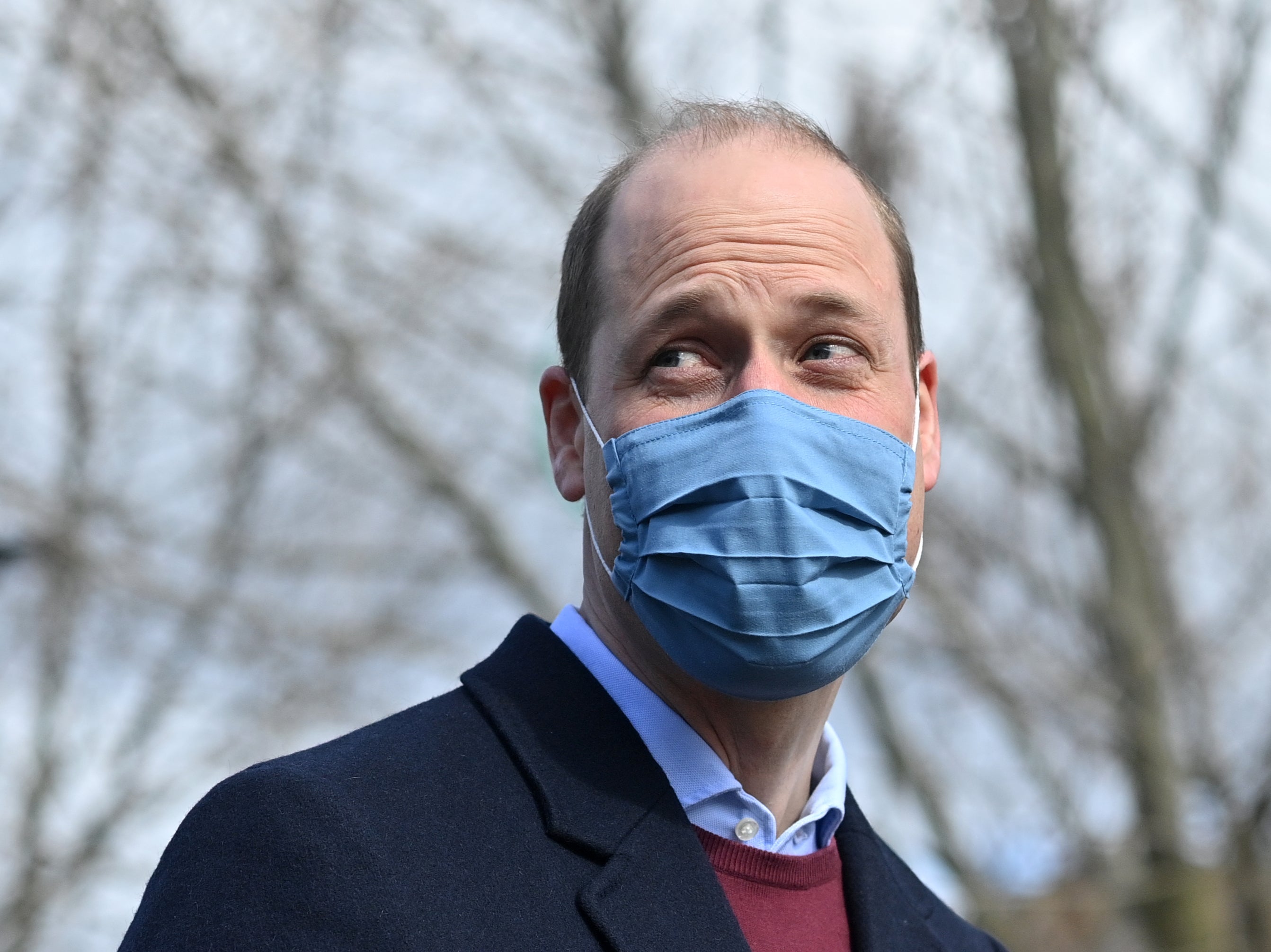A cure for baldness? Scientists identify how chronic stress leads to hair loss
The follicular findings have wider implications for our understanding of stem cells, as Andy Gregory reports


Scientists are hailing their discovery of the elusive mechanism by which chronic stress leads to hair loss.
Bringing hopes for a cure for baldness closer to reality, the work by Harvard University researchers adds significant weight to a long-suspected link between stress and hair loss – which it now appears could be a more significant factor than old age.
As one of the few tissues found in mammals that can undergo rounds of regeneration throughout their life, hair follicles naturally cycle between growth and rest, in a process fuelled by hair follicle stem cells.
Lasting hair loss can occur when hairs shed and these stem cells remain in their resting phase without regenerating new replacements.
In their study on mice, published in the journal Nature, the team found that the hormone corticosterone – whose equivalent in humans, cortisol, is known as the “stress hormone” – causes hair follicle stem cells to stay in an extended resting phase, without regenerating the hair follicle and hair.
Read more:
“This result suggests that elevated stress hormones indeed have a negative effect on hair follicle stem cells,” said the study’s senior author Dr Ya-Chieh Hsu.
“But the real surprise came when we took out the source of the stress hormones.”
In normal circumstances, hair follicle regeneration slows over time – with the resting phase becoming longer as the animals age.
But when the researchers removed the stress hormones, the stem cells’ resting phase became extremely short and the mice constantly entered the growth phase to regenerate hair follicles throughout their lives – even when they were old.
“So even the baseline level of stress hormone that’s normally circulating in the body is an important regulator of the resting phase,” Dr Hsu said. “Stress essentially just elevates this preexisting ‘adrenal gland-hair follicle axis’, making it even more difficult for hair follicle stem cells to enter the growth phase to regenerate new hair follicles.”
Furthermore, in what appears a significant breakthrough, researchers were able to identify the specific cell type and molecule responsible for relaying the stress signal to the stem cells, and – encouragingly – showed that this pathway can be potentially targeted to restore hair growth.
“We first asked whether the stress hormone was regulating the stem cells directly and checked by taking out the receptor for corticosterone, but this turned out to be wrong,” said lead author Dr Sekyu Choi.
“Instead, we found that the stress hormone actually acts on a cluster of dermal cells underneath the hair follicle, known as the dermal papilla.”
Dermal papilla cells are known to be critical for activating hair follicle stem cells, and the stress hormone was found to prevent them from secreting a molecule called Gas6.
The scientists found that just by adding Gas6, resting stem cells could be reactivated, helping hair regrowth.
“Under both normal and stress conditions, adding Gas6 was sufficient to activate hair follicle stem cells that were in the resting phase and to promote hair growth,” Dr Choi said.
“In the future, the Gas6 pathway could be exploited for its potential in activating stem cells to promote hair growth. It will also be very interesting to explore if other stress-related tissue changes are related to the stress hormone’s impact on regulating Gas6.”
While these findings in mice require further study before they can be safely applied to humans, Harvard’s Office of Technology Development has protected the intellectual property relating to the study and hopes it will eventually help with the creation of anti-hair loss products.
The scientists – who last year uncovered links between stress and our hair turning grey – also suggested that their new findings have wider implications for our understanding of stem cells.
“When looking for factors that control stem cell behaviours, normally we would look locally in the skin,” said Dr Hsu. “While there are important local factors, our findings suggest that the major switch for hair follicle stem cell activity [corticosterone] is actually far away in the adrenal gland and it works by changing the threshold required for stem cell activation.
“You can have systemic control of stem cell behaviour located in a different organ that plays a really important role, and we are learning more and more examples of these ‘cross-organ interactions’. Tissue biology is interconnected with body physiology.
“We still have so much to learn in this area, but we are constantly reminded by our findings that in order to understand stem cells in the skin, we often need to think beyond the skin.”
Join our commenting forum
Join thought-provoking conversations, follow other Independent readers and see their replies
Comments